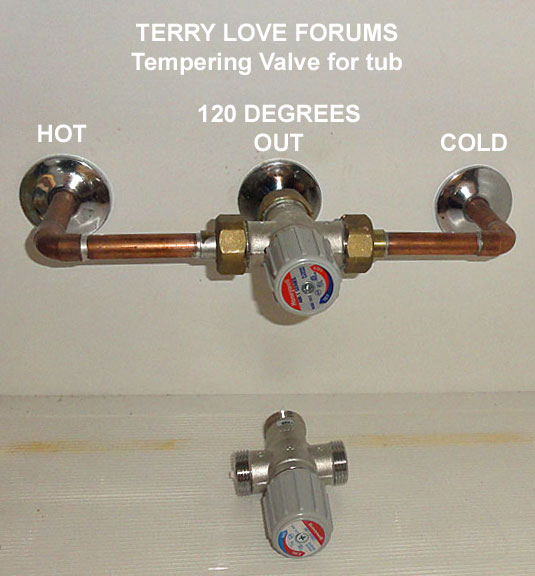Trying to understand how this works. I'm looking at the temp limit adjustment for a Kohler K304 shower valve. Seems it's just a travel stop for the valve. So if I adjust it for 120F max temp under existing conditions, it will be useless when someone changes the temp on the water heater. Am I correct?
Quick call to Kohler and they say yes, if you increase the temp of water coming in, it can exceed 120F. Are you kidding? So every time the HO changes the setting on the heater, like going on vacation and back, your anti-scald feature is meaningless? I would think a true anti-scald should be absolute, not dependent on the water temp coming in. Do all valves work this way?
Quick call to Kohler and they say yes, if you increase the temp of water coming in, it can exceed 120F. Are you kidding? So every time the HO changes the setting on the heater, like going on vacation and back, your anti-scald feature is meaningless? I would think a true anti-scald should be absolute, not dependent on the water temp coming in. Do all valves work this way?

